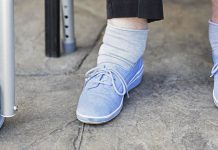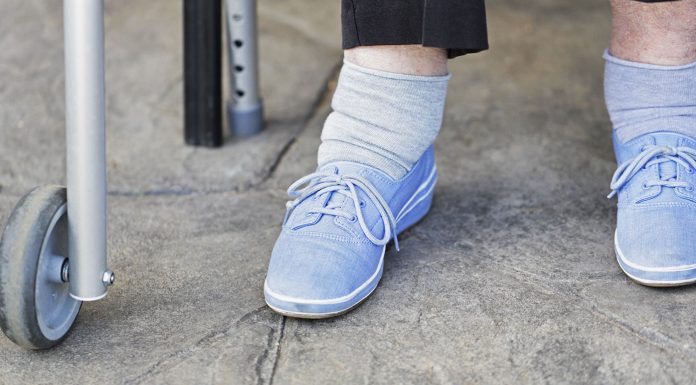Thousands of New Zealanders each year develop preventable pressure injuries at a great personal cost to themselves and their families.
It is estimated about 55,000 Kiwis suffer after developing a pressure injury (PI) each year. The most common PIs are discovered at stage one – a reddened patch of intact skin that doesn’t blanch on touch – but they can progress all the way through to stage four, where the skin and tissue loss is so severe that bone, tendon, muscle or cartilage are exposed. Deaths are not unknown.
Heather Lewis, a clinical nurse specialist for soft tissue infections and cellulitis, was the organisation lead of a PI working group that in 2011 started an intervention to reduce the number of hospital-acquired pressure injuries at Counties Manukau Health’s five hospitals.
PI numbers fell sizably and in September Lewis was the lead author of an article in the New Zealand Medical Journal indicating that the group’s intervention had saved the DHB millions.
What the intervention entailed
Concern about the high prevalence of PIs found in annual audits starting in 2009 at the DHB’s five hospitals – Middlemore, Manukau Surgery Centre, Auckland Spinal Rehabilitation Unit, Pukekohe and Franklin – prompted the setting up of the PI working group.
In February 2011 regular, monthly prospective audits were introduced and undertaken on five randomly chosen patients per ward. The audits recorded the number of patients with stage one, two, three, four and unstageable PIs.
The intervention included identifying nurse wound care champions in each ward or unit (who took part in the monthly audits) and standardisation of risk assessments across the DHB. It also set the expectation that PI assessments would be carried out within six hours of admission, and appropriate bundles of care provided to patients based on their assessment score and clinical judgement.
The nurse champions completed a full PI risk assessment, including a full visual skin check, documentation review and recording of any pressure relieving equipment in use.
The champions also promoted education packages – mainly targeted at nursing staff – that included ward resource folders, a pressure injury website, e-learning packages and patient information leaflets. Feedback from a staff survey on pressure relieving rental equipment also led to a more streamlined process being implemented in 2014.
Results and savings
The monthly audits showed a downward trend in PIs in the four years after the intervention was addressed. The random sample audits in 2011 found 101 stage one PIs and this tracked steadily down to 32 in 2015. The number of stage three, four and unstageable PIs went from a high of 16 in 2011 to seven in 2015.
Lewis and her colleagues found a 2004 study that estimated the mean cost of treating a stage one to stage four PI in a hospital or long-term care setting in the UK. These costs included nurse time, dressings, antibiotics, diagnostic tests, support surfaces (it assumed surfaces were purchased rather than rented) and extra inpatient days.
The team adjusted the 2004 UK costs for inflation and converted them into New Zealand dollars, resulting in estimated treatment costs ranging from about $2,400 for a stage one PI up to $23,750 for a stage four PI (see details below). They then extrapolated out the random audit sample results to get a likely estimate of the number of DHB hospital patients to develop the different stages of pressure injuries for each of the years from 2011 to 2015.
The results showed that the estimated cost of treating PIs for the DHB in 2015 was $14.18 million – more than $12 million less than the $26.47 million estimated to have been spent in 2011. The results did indicate an upsurge in PIs and costs in 2014, compared with 2012, 2013 or 2015, but that was still $6 million less than 2011.
Lewis and the team said they accepted the estimated savings were very approximate and relied on a UK study’s finding rather than actual recorded costs.
“However, we are confident that our study does at least indicate that savings can be made by the implementation of interventions such as ours to manage pressure injuries in hospitals.”
She said their conclusion was that interventions such as that of Counties Manukau could lead to potentially large financial savings for hospitals and reduce the burden of managing this difficult condition for patients and staff.
Estimated cost of treating a pressure injury*
- Stage one NZ$2,395.36
- Stage two NZ$9,910.13
- Stage three NZ$16,463.12
- Stage four NZ$23,753.24
*Based on inflation-adjusted and currency-converted costs from:Bennett G, Dealey C and Posnett J. The Cost of Pressure Ulcers in the UK. Age and Ageing, 33(3): 230–35, 2004.





















